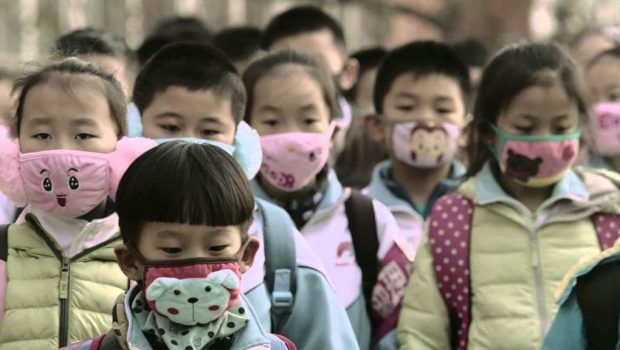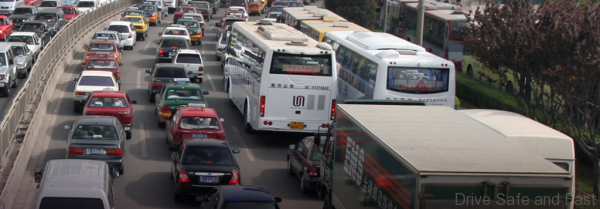China brings its fuel quality standards up to global levels, quickly
China aims to cut its very high urban air pollution by aggressively promoting electric cars and implementing stricter fuel-economy standards over the next few years. Last week the government also announced plans to attack the problem of emissions from a different angle.
New fuel-quality standards for gasoline and diesel will be enacted in January 2017, reported the Xinhua state news agency. Xinhua cited an announcement from the Beijing Municipal Environmental Protection Bureau on the fuel standards.
The new “Beijing Six” standards are expected to cut pollutants from vehicles in China’s capital city by 15 to 20%, according to a researcher with the Environmental Protection Bureau. In addition, China plans to implement “National Five” standards considered to be the equivalent of Euro V standards nationally in January 2017 as well.
Those standards are currently in place only in China’s more economically developed eastern provinces, according to Reuters. It’s unclear whether the Beijing Six standards will be implemented outside Beijing itself, but they are understood to be somewhat stricter than the National V standards.
They include a maximum sulfur content of 10 parts per million, a requirement likely aimed at older diesel commercial trucks. On May 20, Beijing’s municipal government announced that it would retire 400,000 trucks and mini buses that run on low-quality, high-sulfur fuel in 2016 and 2017.
They also reportedly mandate lower levels of the pollutants benzene and polycyclic aromatic hydrocarbon (PAH) than the Euro V standards.
The tight timeline for implementing new fuel-quality standards comes as China works to accelerate tougher emissions standards. In April, the government announced that stricter emissions standards originally set to take effect in 2020 will begin rolling out next year. Roughly equivalent to current U.S. and European standards, they’ll first be applied to metropolitan areas, with nationwide adoption in 2018. China will also still require carmakers to achieve a fuel-economy fleet average of 47 mpg by 2020, as measured on the country’s own testing standard.


















